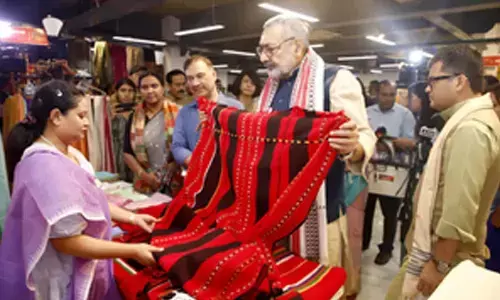Bone health is important for women

88% of women in Andhra Pradesh unaware that poor bone health could be the reason for frequent body aches: Horlicks Women’s Plus Survey
Hindustan Unilever’s Horlicks Women's Plus, in collaboration with Momspresso, conducted a survey to explore the factors contributing to bone health issues among Indian women. The survey gathered responses from more than 1500 women from Maharashtra, Delhi, Tamil Nadu, West Bengal, Andhra Pradesh, and Karnataka. The study focused on gathering insights from these diverse regions to obtain a comprehensive understanding of the challenges women face in maintaining optimal bone health within a specific age group. By analysing data and experiences from various regions, the research aimed to identify common trends, regional differences, and specific factors that contribute to bone health challenges in women.
Key findings from Andhra Pradesh:
• 60% of the survey respondents from Andhra Pradesh said they suffer from frequent back pains.
• 50% of women surveyed reported relying on temporary solutions, such as ointments and pain balms to alleviate their body aches.
• 44% of women agreed that they were not aware of the main cause for their body ache
To address this issue, Horlicks Women's Plus has launched a campaign aimed at driving awareness about the deteriorating bone health among women. The campaign seeks to inspire women to take proactive steps toward better bone health and well-being.
Krishnan Sundaram, Vice President and Business Head, HUL said, ‘The lack of Vitamin D and Calcium is one of the leading contributors to poor bone health among women. As women age, typically after the age of 30, there is a decline in bone density, which may result in frequent aches and pains during everyday activities such as standing for long periods, bending the knees, or lifting heavy objects. If proactive measures are not taken to address these concerns, it can lead to increased risk of fractures, and development of osteoporosis, later in life.’














